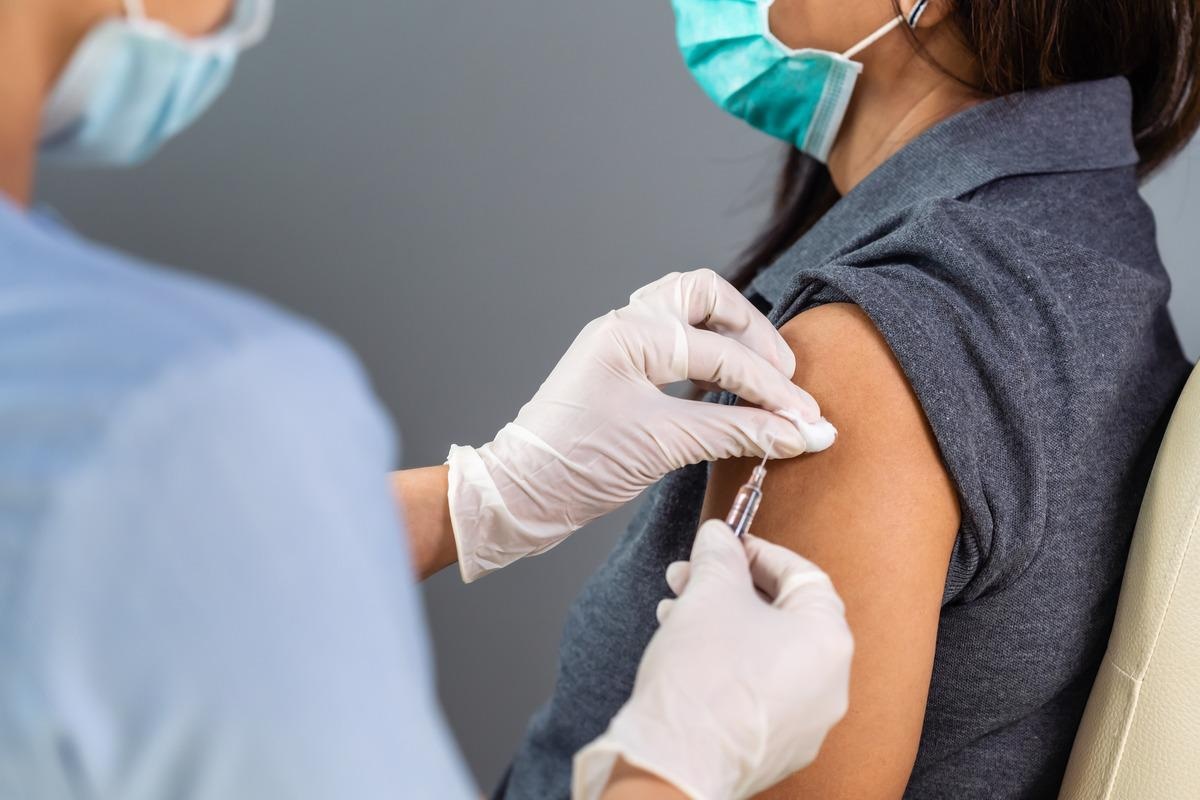In a recent study posted to the journal Cell, researchers evaluated severe acute respiratory syndrome coronavirus 2 (SARS-CoV-2) vaccination-induced cross-recognition of T cell responses among the early and novel SARS-CoV-2 variants.
 Study: SARS-CoV-2 vaccination induces immunological T cell memory able to cross-recognize variants from Alpha to Omicron. Image Credit: BaLL LunLa/Shutterstock
Study: SARS-CoV-2 vaccination induces immunological T cell memory able to cross-recognize variants from Alpha to Omicron. Image Credit: BaLL LunLa/Shutterstock
Background
The world has witnessed Several SARS-CoV-2 variants of concern (VOC) emerge so far during the coronavirus disease 2019 (COVID-19) pandemic. An in-depth understanding of the immunological and virological features of the SARS-CoV-2 variants is necessary for developing variant-specific or pan-coronavirus vaccines and scheduling vaccination and booster campaigns to mitigate COVID-19.
However, there is a huge knowledge gap in understanding vaccine-induced T and B cell responses against SARS-CoV-2 variants.
About the study
In the current study, researchers evaluated a large panel of SARS-CoV-2 variants to determine the effect of recent variants such as Delta and Omicron on COVID-19 vaccine-induced memory T and B cells compared to the early variants such as Alpha, Beta, Gamma, and Epsilon. The team also assessed the adaptive responses induced by several vaccine platforms. The vaccines evaluated were BNT162b2, Ad26.COV2.S, NVX-CoV2373, and mRNA-1273.
SARS-CoV-2 variants’ class I epitope mutation associations with the human leukocyte antigen (HLA) binding was determined using HLA-specific bioinformatics tools.
T cell recognition of several variants in the vaccinated donors was measured experimentally during different time points. At 3.5 months after vaccination, the T cell response was measured using intracellular cytokine staining (ICS). Further, T cell responses were evaluated after nearly six to seven months of vaccination through activation-induced marker (AIM) assays and ICS. Additionally, B cell responses were determined using flow cytometry methods.
Results
The results indicated that the HLA binding capacity was significantly conserved among the majority of the class I epitope mutations in Omicron. Thus, the HLA binding capacity was not different for Omicron epitopes and other SARS-CoV-2 variants.
T cell responses induced by NVX-CoV2373, Ad26.COV2.S, mRNA-1273, and BNT162b2 vaccinations were present against ancestral SARS-CoV-2 variants and the Delta and Omicron variants whereas post-vaccination, the memory B cells and neutralizing antibodies against SARS-CoV-2 variants showed an overall significant reduction.
Substantially higher variability in T cell response was seen with the Ad26.COV2.S vaccine, probably because it targets the spike (S)’s S1 region, whereas the other vaccines are associated with a broader S-specific T cell response.
After 3.5 months of vaccination, T cell protective effects showed a significant decrease for Delta when measured using the cytokine production method. However, this difference was not consistent among the other SARS-CoV-2 variants studied.
Approximately six to seven months after vaccination, nearly 90% CD4+ and 87% CD8+ of memory T cell responses were preserved against the SARS-CoV-2 variants in subjects on average by AIM assay. Further, 84% CD4+ and 85% CD8+ of memory T cell responses were preserved against the Omicron variant.
A decrease in CD8+ T cell response against the SARS-CoV-2 variants was observed in some cases when measured using interferon-γ (IFN-γ), tumor necrosing factor-α (TNF-α), and interleukin-2 (IL-2) production after nearly six months of vaccination. Regardless of the assay method, CD4+ and CD8+ T cells responses against Omicron were greatly preserved after vaccination.
Memory B cell recognition of SARS-CoV-2 variants S was lower in all cases. These reductions were moderate in the case of Beta and Delta variants, indicating B cell recognition of SARS-CoV-2 variants was retained in most cases. However, receptor-binding domain (RBD)-specific memory B cell recognition was significantly lowered to 42% in Omicron compared to other SARS-CoV-2 variants. Moreover, memory B cells against Omicron RBD might be possibly detectable at affinities inadequate for SARS-CoV-2 neutralization in vitro.
Generally, the neutralizing antibody titers against the Omicron variant after two doses of BNT162b2 or mRNA-1273 were lower. The T cell epitope repertoire analysis demonstrated that the CD4+ and CD8+ T cells recognized a median of 11 and 10 S epitopes of SARS-CoV-2 variants. Further, an average of 80% or more of the CD4+ and CD8+ T cell responses were associated with epitopes preserved in Omicron.
Conclusions
The study findings indicated that most of the T cells induced by vaccinations remained capable of recognizing all SARS-CoV-2 variants. Moreover, the study highlights the importance of continued surveillance to identify the risk posed by any further reduction of vaccine-elicited T cell responses associated with the continued evolution of the SARS-CoV-2 variants.
The development of vaccination strategies via the incorporation of supplementary methods exhibiting broader T cell responses targeted towards more conserved regions in the variants will be beneficial in increasing the effectiveness of the vaccines against future SARS-CoV-2 variants.